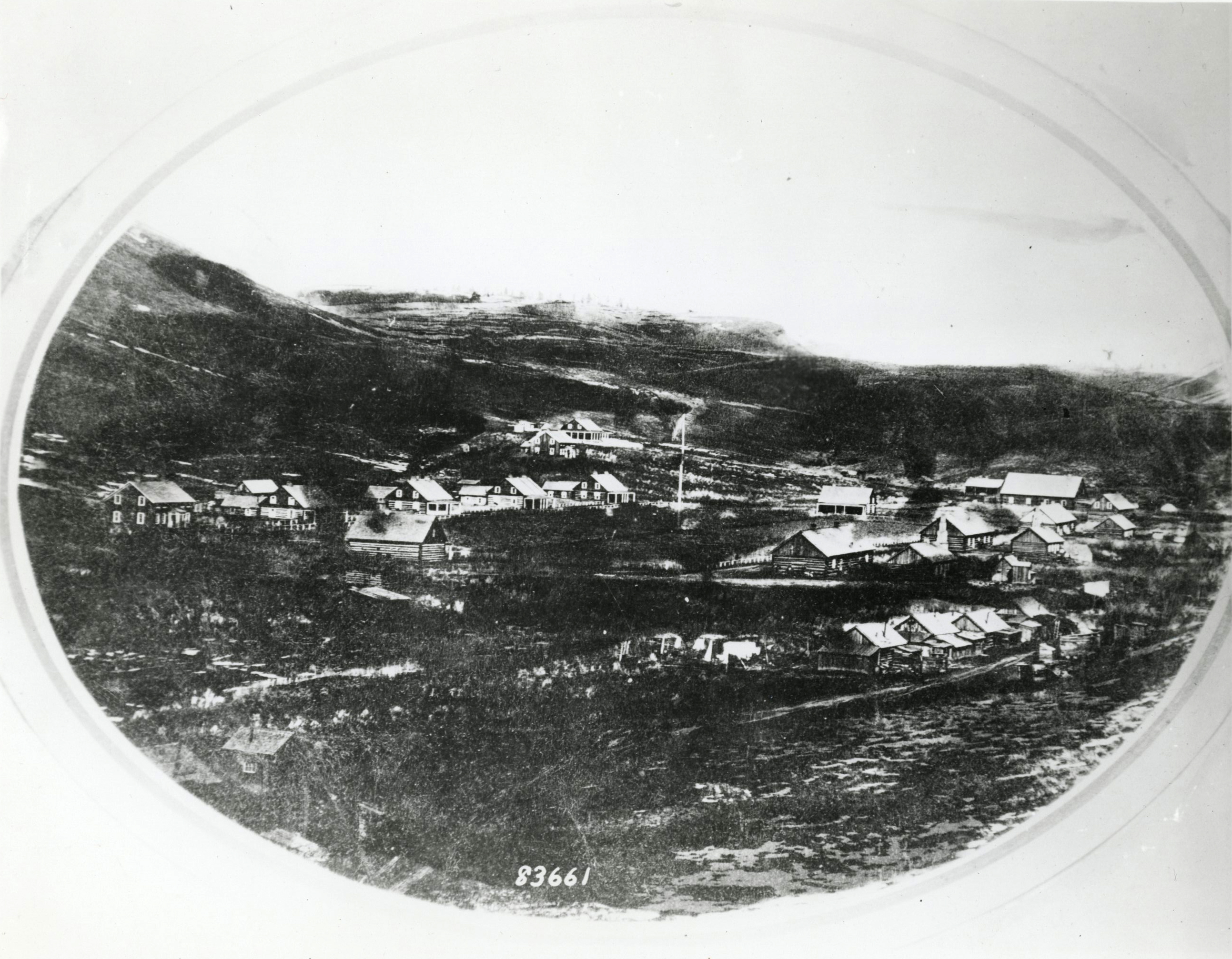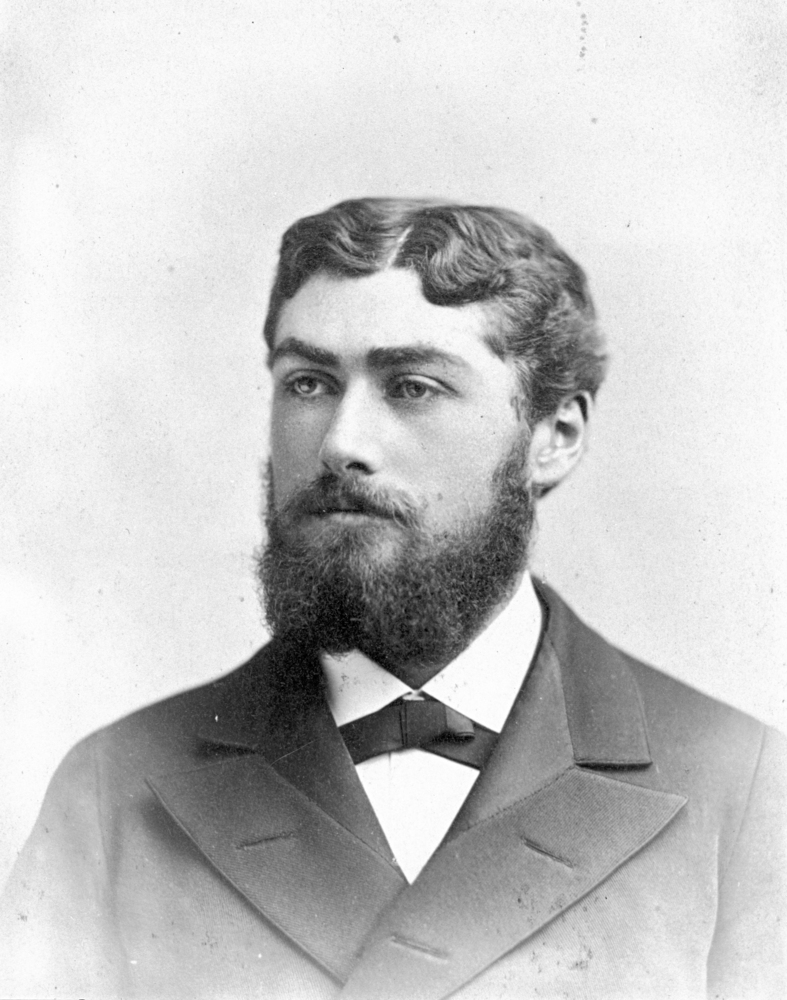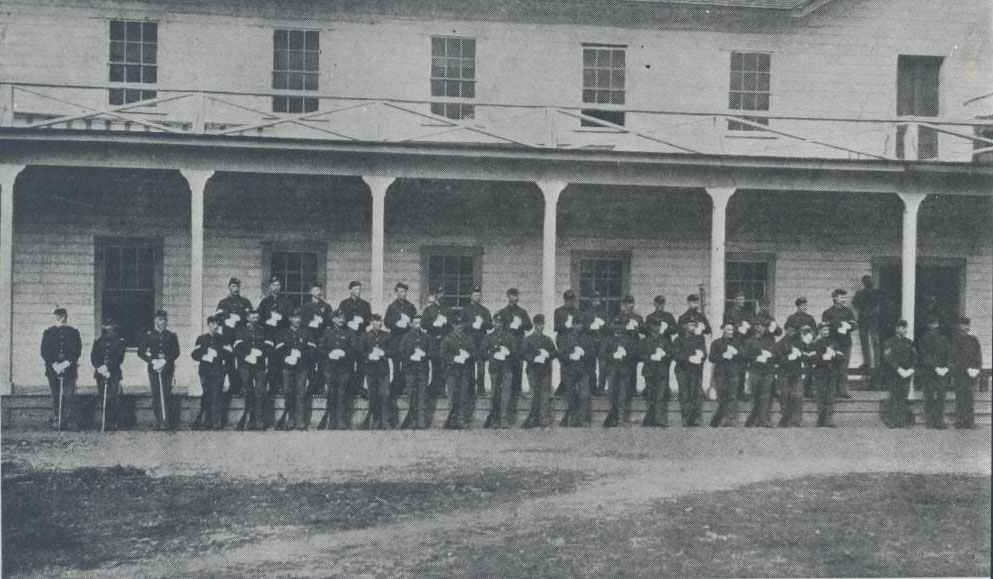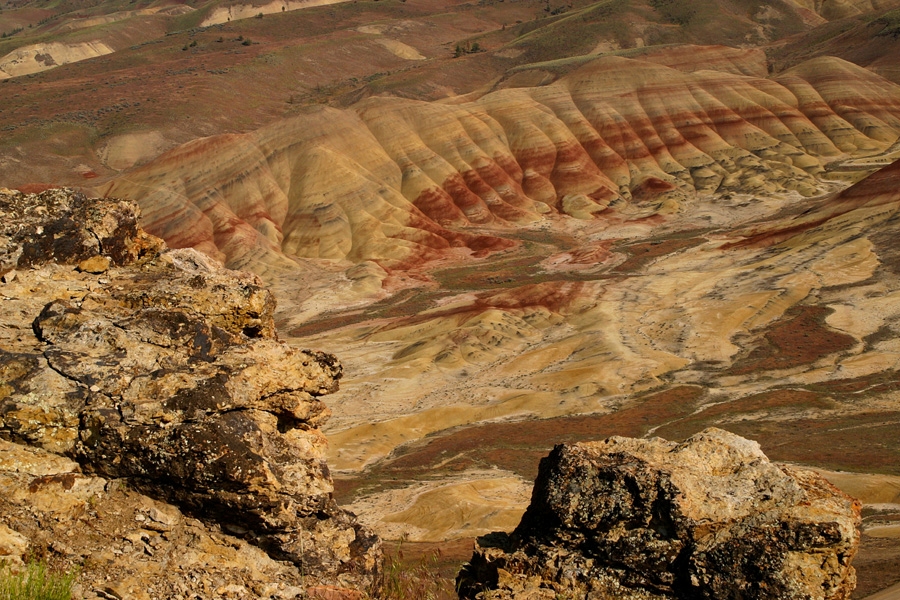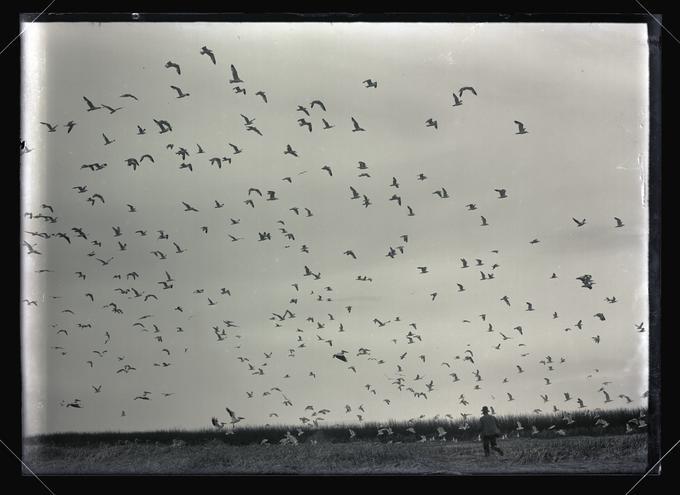Charles Bendire was a U.S. Army officer and naturalist who brought the life histories of Oregon’s birds to an international audience through his collections and writings. His work from Oregon informed scientific understanding and helped establish his reputation as an oologist and ornithologist, leading ultimately to his appointment as honorary curator of the Department of Oology at the Smithsonian Institution’s U.S. National Museum (today’s National Museum of Natural History) in 1884. There, he compiled two landmark volumes of Life Histories of North American Birds, weaving into their pages observations and specimens from his years in Oregon.
Karl Emil Bender was born in Hesse Darmstadt, Germany, on April 27, 1836. Following an unrecorded indiscretion at a theological seminary near Paris, he and his brother traveled to New York City, arriving in June 1853. After his brother’s departure for Germany, he enlisted in the U.S. Army and anglicized his name to Charles Bendire [pronounced Ben-deer].
As an army dragoon private, Bendire traveled among remote posts in the American Southwest for five years, fighting the Chiricahua Apache and other tribes as part of the United States’ broader dispossession of Native peoples. Dr. B. J. D. Irwin, the assistant post surgeon to whom Bendire was recommended for a hospital assistant position at Fort Buchanan in 1858, recalled him as “an active efficient soldier, quiet and of modest, retiring disposition.” Like many army doctors of the time, Irwin collected reptiles and other specimens of natural history for study, and Bendire began collecting for him.
Bendire reenlisted in 1860 and fought in the Civil War, receiving a battlefield commission to the rank of second lieutenant and commendation for gallantry and meritorious service at the Battle of Trevilian Station, Virginia. After the war, Bendire returned to the West, serving in California at Drum Barracks and Camp Independence. He led several surveys and explorations during his career, including an early military exploring expedition through Death Valley in 1867 that identified water sources and flora, noted the peaceful disposition of area Natives, and reported the lack of suitable farmland.
While assigned to Fort Lapwai in Idaho Territory from 1868 to 1871, he began amassing what was later described as the most extensive collection of bird eggs in North America. From his Arizona post in 1872, he built networks of correspondence with leading ornithologists and oologists, who published excerpts from his letters in The American Naturalist and Proceedings of the Boston Society of Natural History. In 1873, he rose to the rank of cavalry captain.
Bendire arrived at Camp Harney in southeast Oregon in October 1874, where he served for four years, with the exception of participating in campaigns against the Nez Perce in 1877 and the Bannock and Paiute in 1878. In August 1875, Bendire took a visiting second lieutenant C. E. S. Wood fishing, hunting and observing wildlife near Camp Harney. Wood later credited Bendire with expanding and deepening his connection to the natural world, calling him “one of the world's great authorities on birds and bird life” who had the greatest private egg and bird skin collection in the world.
Bendire observed, documented, and collected birds and eggs throughout the region and published articles about his observations from southeast Oregon in sporting magazines such as The Rod and the Gun and Forest and Stream and in scientific journals, including the Bulletin of the Nuttall Ornithological Club and the Proceedings off the Boston Society of Natural History. His “Notes on Seventy-nine Species of Birds Observed in the Neighborhood of Camp Harney,” published in the Bulletin, was the first to increase scientific understanding of southeast Oregon’s birds. Bendire was reassigned to Fort Walla Walla in Washington in late 1878 and returned to Oregon in 1880, where he led an exploratory group through the John Day Fossil Beds that found plant, mammal, and fish fossils that were donated to the Smithsonian Institution. From June 1882 to September 1883 he was posted to Fort Klamath, where he expanded his bird and egg collections and continued to publish his observations.
In 1884, Bendire became curator of the Smithsonian’s Department of Oology and helped found the American Ornithologists' Union. He donated his egg collection to the Smithsonian and retired from army service in 1886. Once he had organized and reclassified the Smithsonian’s egg collection, he sought to revive a stalled study of North American bird eggs. The project soon expanded to include information from his notes and correspondence about breeding ranges and behaviors. The resulting two volumes of Life Histories of North American Birds, published in 1892 and 1895, drew wide praise, especially for Bendire’s recollections of army life. Each volume featured Oregon birds, and color lithographs showcased egg type specimens collected in Oregon.
Bendire never married. Contemporaries described him as “a bumptious and captious German soldier, who was a man to take strong likes and dislikes on very small provocation,” with a reserved manner “which amounted at times almost to brusqueness, yet beneath the rough exterior was a warm and sympathetic heart.” Suffering from Bright’s disease, he died on February 4, 1897.
Bendire is memorialized in Bendire Mountain, Bendire Creek, and Bendire Road in Malheur County. Several species and subspecies have been named for him, including a mammal, a fish, three fossil trees, and birds, including the Bendire’s thrasher and subspecies of the red crossbill, the western merlin, and the western screech owl.
-
![]()
Charles Bendire.
Courtesy Smithsonian
-
![]()
Illustration of bird eggs from Life Histories of North American Birds, by Charles Bendire.
Courtesy Smithsonian -
![]()
Charles Bendire.
Courtesy Smithsonian
Related Entries
-
![Camp Harney]()
Camp Harney
From 1867 to 1880, the U.S. Army’s Camp Harney provided a strategic mil…
-
![C.E.S. Wood (1852-1944)]()
C.E.S. Wood (1852-1944)
C.E.S. Wood may have been the most influential cultural figure in Portl…
-
![Fort Klamath]()
Fort Klamath
During the Civil War era, tens of thousands of people immigrated to the…
-
![John Day Fossil Beds National Monument]()
John Day Fossil Beds National Monument
John Day Fossil Beds National Monument, established in October 1975, sh…
-
![Malheur National Wildlife Refuge]()
Malheur National Wildlife Refuge
Malheur National Wildlife Refuge, established in 1908 by President Theo…
-
![William L. Finley (1876–1953)]()
William L. Finley (1876–1953)
Oregon's birds have had few better friends than William Lovell Finley. …
Related Historical Records
Map This on the Oregon History WayFinder
The Oregon History Wayfinder is an interactive map that identifies significant places, people, and events in Oregon history.
Further Reading
Barrow, Mark V. A Passion for Birds: American Ornithology after Audubon. Princeton, N.J.: Princeton U. Press, 2000.
Bendire, Charles E. "Notes on Seventy-nine Species of Birds Observed in the Neighborhood of Camp Harney, Oregon, Compiled from the Correspondence of Capt. Charles Bendire, 1st Cavalry U.S.A." Proceedings of the Boston Society of Natural History 18 (October 1875): 153-168.
_____. "Notes on Some of the Birds Found in Southeastern Oregon, Particularly in the Vicinity of Camp Harney, from November, 1874, to January, 1877. By Captain Ch. Bendire, U. S. Army." Proceedings of the Boston Society of Natural History 19 (March 21, 1877): 109-149.
_____. "Malheur Lake, Oregon." Part 1. Ornithologist and Oologist 7, no. 17 (June 1882): 129-131.
_____. "Malheur Lake, Oregon." Part 2. Ornithologist and Oologist 7, no. 18 (July 1882): 137-138.
_____. Life Histories of North American Birds, with Special Reference to their Breeding Habits and Eggs. Washington, DC: Government Printing Office, 1892.
_____. Life Histories of North American Birds, from the Parrots to the Grackles, with Special Reference to their Breeding Habits and Eggs. Washington, DC: Government Printing Office, 1895.
Bingham, Edward R. “Experiment in Launching a Biography: Three Vignettes of Charles Erskine Scott Wood.” Huntington Library Quarterly 35.3 (May 1972): 227.
Hume, Edgar Erskine. Ornithologists of the United States Army Medical Corps. Baltimore, MD.: Johns Hopkins U. Press, 1942.
Knowlton, F. H. "Major Charles E. Bendire," The Osprey 1, no. 7 (March 1897), 88.
Lange, Erwin F. “Charles E. Bendire and the Birds of Oregon.” Oregon Historical Quarterly 66.3 (September 1965), 233.
Mearnes, Edgar A. and B. J. D. Irwin. “A Biographical and Autobiographical Record.” The Auk 19.1 (January 1902): 17.
Merrill, J. C. “In Memoriam: Charles Emil Bendire.” The Auk 15.1 (January 1898): 1.




